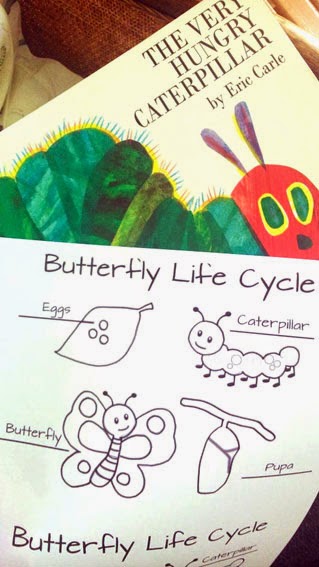'Shapes' is a well known topic when you teach EFL but there's certainly more beyond the 6 or 7 nouns that we usually teach.
Since this year I decided that my Spanish students can learn almost as much as a native speaker in terms of content, I've been designing my classes in a totally different and definitely more interesting way.
One lucky day I came across this page and I had a sort of an epiphany, because popsicle sticks is one of those things that I've always seen in the supply shop where I buy stuff for the classes, but I couldn't imagine a 'real use' for them.
When I say 'real use' I mean that children can use them.
Finally I got one possible answer and this is what I came up with.
If you follow my FB page you'd have noticed that it took me the whole month of March to complete the activity, but don't worry! It's not a slow and painful process, it's just that I don't have too much free time. Perhaps, a whole afternoon (3 or 4 hours) available would be enough.
Using them with the kids I noticed that it's important to show a picture of the shape you want your students to reproduce in order to point out the number of sides of that same shape.
Around that simple concept of sides you'll be able to work on everything else. Take a look at the picture above for some ideas.
After that, you can leave your children free to create whatever shape they like (irregular ones too) and keep working by themselves on adding sticks and talk about their creations.
More about shapes here and here
--> Quiero leer este post en Español
Lucy dedicates a lot of time and love to thinking about and writing the posts she shares with all of you. Because she believes that a better teaching is the key for a better future. If you find any help, value or joy in this blog, please consider becoming a supporting reader. A donation, in any amount, will be gratefully accepted.






















